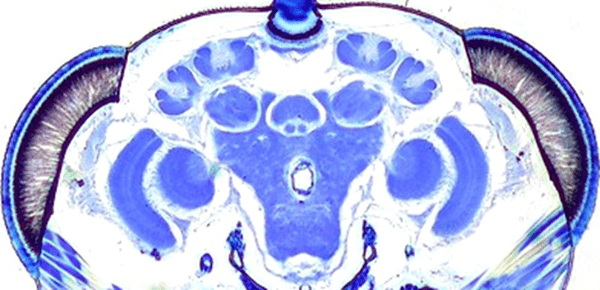
January 06, 2014
A queen in a paperwasp colony largely stays in the dark. The worker wasps, who fly outside to seek food and building materials, see much more of the world around them. A new study led by Drexel professor Sean O'Donnell, PhD, indicates that the brain regions involved in sensory perception also develop differently in these castes, according to the different behavioral reliance on the senses.
Read More